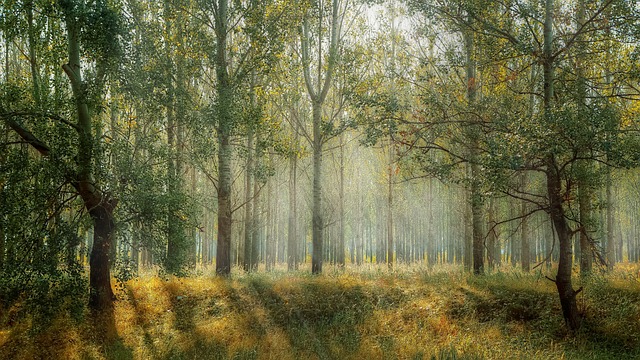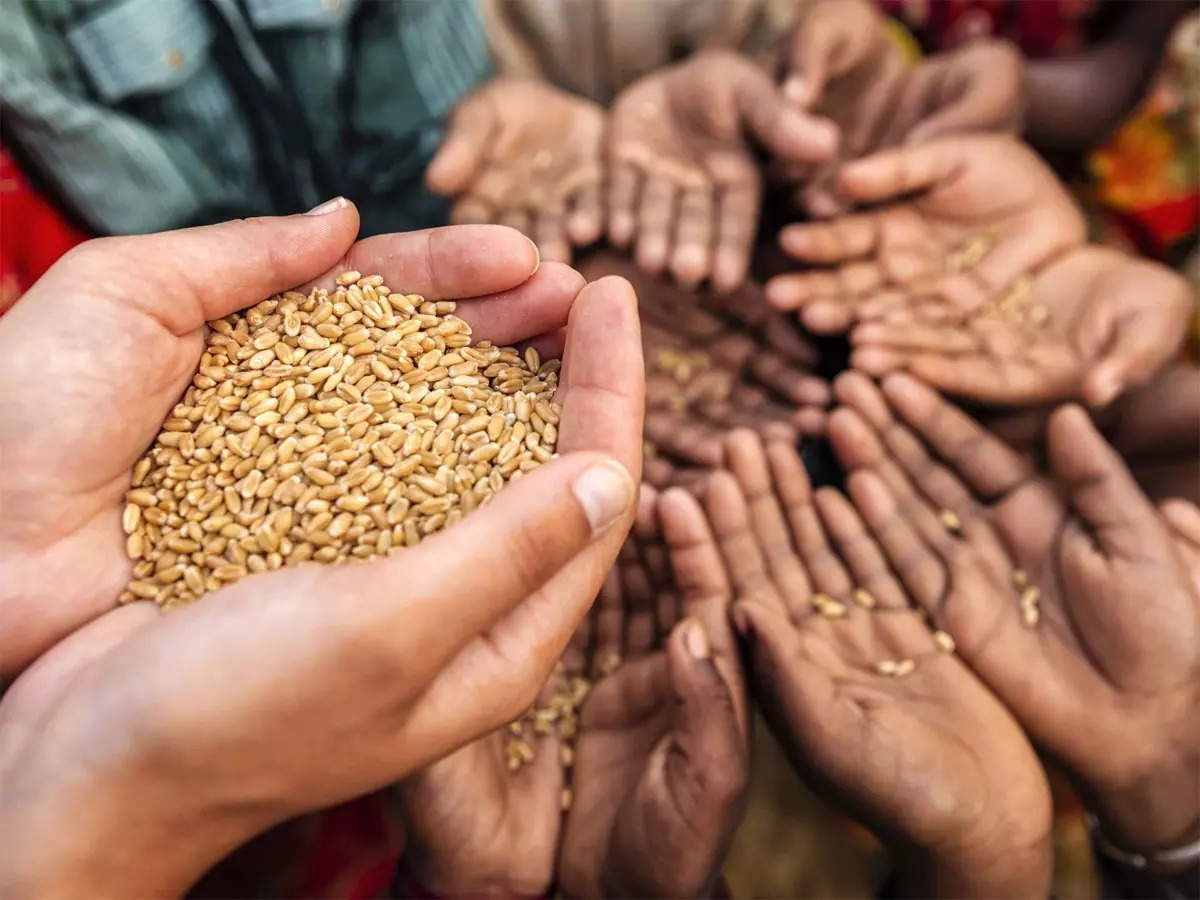Biosphere Reserves are protected areas, meant for the conservation of plants and animals. Not just the flora and fauna, but human beings also depend on these protected areas for their livelihood activities. In the year 2022 at the 41st Session of UNESCO's general Conference, it was decided that November 3 would be celebrated worldwide as the International Day for Biosphere Reserves.
A BR tries to balance economic and social development and maintenance of associated cultural values along with the preservation of nature. The Day aims at highlighting and promoting the activities of Biosphere Reserve (BR) in order to harmonise sustainable development. The Day is also significant from the point that with each passing day, the need to tackle environmental issues is growing.
Further, according to Director-General of UNESCO, Audrey Azoulay, “The logic is simple: to improve our relationship with nature, we must first improve our understanding of how we affect the living world that sustains us – and vice versa.”
BRs are nominated by national governments and remain under the sovereign jurisdiction of the states where they are located. These are designated under the intergovernmental Man and the Biosphere (MAB) Programme by the Director-General of UNESCO following the decisions of the MAB International Coordinating Council (MAB ICC). The MAB Programme is an intergovernmental scientific programme that aims to establish a scientific basis for enhancing the relationship between people and their environments.
Biosphere reserves are not conventional protected areas. They are places where over 275 million people live and work. These reserves exist wherever people interact with nature. From city to savannah, from mountaintop to mangrove, they range in size from a single, small island community to vast, ecological corridors stretching across continents. In these biosphere reserves, people reset and reinvent their relationship with the environment in tangible ways – by considering biodiversity conservation and sustainable development as compatible, mutually dependent goals.
The Biosphere Reserve consists of three main zone – core, buffer and transition. These areas are responsible for systematic conservation of landscapes and ecosystems, movement of people and monitoring and training and education.
There are 738 biosphere reserves in 134 countries, including 22 transboundary sites, according to UNESCO. In India, at present there are 18 notified biosphere reserves spanning 60,000 sq km.The blue mountains of the Nilgiris stretching over Tamil Nadu, Karnataka and Kerala, was the first biosphere reserve in India. Further, the largest biosphere reserve is the Gulf of Kachchh (Gujarat) and the smallest is Dibru-Saikhowa (Assam). Other bigger biosphere reserves are the Gulf of Mannar (Tamil Nadu), Sunderbans (West Bengal), and Cold Desert (Himachal Pradesh).


















